#fhir interoperability
Explore tagged Tumblr posts
Text

FHIR stands for Fast Healthcare Interoperability Resources. The main functionality of FHIR is to elaborate data formats, resources, and an app programming interface for the prevailing EHR. By letting us integrate the FHIR interoperability into your app, we offer some great features during the entire process. So you need not look back and rest assured of the massive growth of your healthcare business.
#smart on fhir#fhir interoperability#fhir integration#smart fhir#fhir software#smart on fhir applications#smart on fhir integration
0 notes
Text
Fhir Interoperability UK
Join the data exchange revolution with FHIR interoperability. Seamlessly connect systems, streamline workflows, and revolutionize care coordination.
0 notes
Text

Transform healthcare with JK Tech's expert FHIR (Fast Healthcare Interoperability Resources) services. Seamlessly integrate patient data, streamline healthcare workflows, and enhance interoperability with our FHIR interoperability solutions. Revolutionize healthcare data exchange, improving patient care and data security. Elevate your IT infrastructure with JK Tech's FHIR expertise, leading the way in healthcare innovation.
0 notes
Text
2 notes
·
View notes
Text
https://www.clindcast.com/
#healthcare#healthcareconsulting#florida#healthcare it consulting#healthcareit#fhir#interoperability#ehr#electronic health record
3 notes
·
View notes
Text
HL7 Platforms Explained: The Backbone of Healthcare Communication Standards
In today's fast-changing healthcare environment, a healthcare interoperability solution is essential for seamless communication among various medical systems. Hospitals, labs, clinics, and other healthcare providers use many different software applications, devices, and data formats. Without a proper system to connect these, sharing important patient information can become slow, incomplete, or error-prone. This is where HL7 platforms come in as the foundation for making healthcare data flow smoothly and securely.
HL7 platforms are the key technology behind many healthcare interoperability solutions used worldwide. They help different healthcare systems “talk” to each other using common standards, enabling better coordination of care. In this blog, we will explain what HL7 platforms are, why they matter, and how they support modern tools like FHIR compliant interoperability software. We will also show how healthcare organizations benefit by adopting these platforms.

What is an HL7 Platform?
An HL7 platform is a software framework or tool that supports the HL7 standard for healthcare data exchange. HL7 stands for Health Level Seven, which is a set of international standards that define how health information is packaged and shared between computer systems.
These platforms act as translators and routers. They take medical data from one system, convert it into a common HL7 format, and then send it to another system that understands that format. This process allows different applications — such as electronic health records (EHRs), lab systems, and billing software — to exchange information accurately and quickly.
By using an HL7 platform, hospitals and clinics reduce the need for manual data entry, lower errors, and speed up patient care.
Why Are Healthcare Interoperability Platforms Important?
Healthcare is complex, with many stakeholders involved. Different departments and providers often use different software systems. Without a healthcare interoperability solution, these systems work in isolation, which can cause delays and miscommunication.
Healthcare interoperability platforms help solve this problem by connecting systems and enabling them to share data in real time. They improve patient safety by giving doctors access to complete medical histories, test results, and medication lists without delay. This better communication also cuts costs by avoiding duplicate tests and unnecessary procedures.
Moreover, interoperability platforms help healthcare providers meet regulatory requirements for data sharing and privacy. They build trust by ensuring patient information is exchanged securely and only with authorized parties.

How HL7 Platforms Work with FHIR Compliant Interoperability Software
In recent years, HL7 introduced a newer standard called FHIR (Fast Healthcare Interoperability Resources). FHIR simplifies healthcare data exchange by using modern web technologies such as RESTful APIs and JSON/XML formats. This makes integration faster and easier compared to older HL7 versions.
Many healthcare organizations are now adopting FHIR compliant interoperability software alongside traditional HL7 platforms. This software supports both the HL7 standards and FHIR, providing a flexible way to connect new and legacy systems.
HL7 platforms play a vital role in bridging older systems that use classic HL7 messaging with modern applications designed for FHIR. This combined approach helps healthcare providers gradually upgrade their technology without disrupting patient care.
Benefits of Using HL7 Platforms in Healthcare
Using HL7 platforms as part of a healthcare interoperability solution offers several key benefits:
1. Seamless Data Exchange
HL7 platforms ensure smooth and standardized data flow between different healthcare systems, allowing accurate and timely access to patient information.
2. Enhanced Patient Care
Better data sharing leads to improved diagnosis and treatment decisions. Clinicians have full medical histories and test results at their fingertips.
3. Cost Savings
By reducing duplicated tests and manual paperwork, HL7 platforms lower administrative costs and reduce delays in patient care.
4. Regulatory Compliance
These platforms help meet health data exchange regulations and maintain patient privacy by controlling data access and sharing.
5. Support for New Technologies
HL7 platforms work with FHIR and other modern standards, enabling healthcare providers to adopt innovative digital health tools without starting from scratch.
How Helixbeat Supports Your Healthcare Interoperability Needs
Helixbeat offers advanced healthcare interoperability platforms designed to help organizations manage and exchange health data effectively. With our expertise in FHIR compliant interoperability software, we deliver solutions that connect your existing systems and new digital tools.
Our platforms provide secure, scalable, and easy-to-use interfaces that improve collaboration across healthcare teams. Whether you are implementing HL7 messaging or transitioning to FHIR, Helixbeat’s solutions can adapt to your needs.
Contact us today to learn how Helixbeat can help your organization build a robust healthcare interoperability solution that improves patient outcomes and operational efficiency.
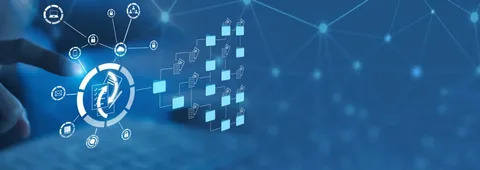
FAQs About HL7 Platforms and Healthcare Interoperability
1. What is the main purpose of an HL7 platform?
An HL7 platform standardizes and manages the exchange of healthcare information between different software systems to improve communication and patient care.
2. How does FHIR relate to HL7?
FHIR is a modern standard developed by HL7 that uses web technologies for faster and easier healthcare data exchange compared to older HL7 versions.
3. Why is healthcare interoperability important?
Interoperability allows different healthcare systems to share patient data efficiently, improving care quality, reducing errors, and cutting costs.
4. Can HL7 platforms work with existing hospital software?
Yes, HL7 platforms are designed to integrate with many legacy systems as well as new healthcare applications, enabling smooth data exchange.
5. How does Helixbeat support healthcare interoperability?
Helixbeat provides scalable and secure interoperability platforms, including FHIR compliant software, that connect diverse healthcare systems seamlessly.
#electronic health record systems#electronic medical records software#FHIR compliant interoperability software#healthcare interoperability platforms#hl7 platform
0 notes
Text
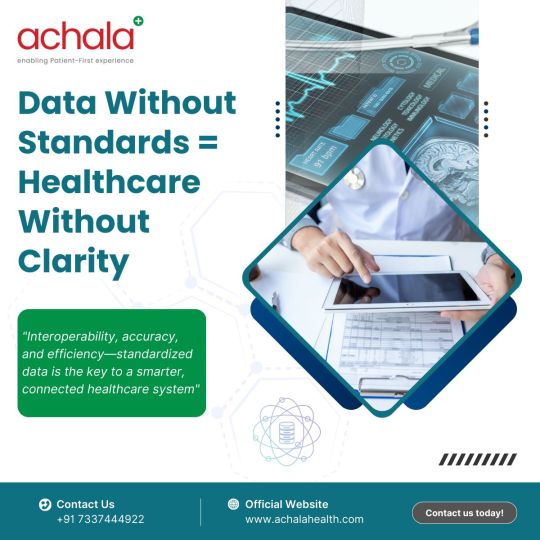
Unlocking the Power of Data in Indian Healthcare!
Healthcare without data standards is like a puzzle with missing pieces—disconnected, inefficient, and error-prone. Standardized data ensures seamless information exchange, faster diagnoses, and smoother insurance processing.
🔹 Interoperability: Break silos & connect systems effortlessly 🔹 Better Patient Care: Real-time, accurate medical records 🔹 Compliance & Security: Adhering to ABDM, FHIR & HL7
At Achala Health Services Private Limited, we’re making healthcare smarter & more connected with AI-driven solutions. Is your system ready for the future? 🔗 Read more: https://lnkd.in/gNnGqTYn
#DataStandards#HealthcareInnovation#DigitalHealth#AchalaHealth#abdm#HealthTech#Interoperability#FHIR#HL7#EHR#AyushmanBharat#ABDM#HealthForAll#MedTechIndia#HealthcareTransformation#BetterPatientCare#ConnectedHealthcare#SmartHospitals#HealthDataExchange#AIinHealthcare
0 notes
Text
Medical Practices Need to Embrace Two-Way Texting and AI

Let's face it, calling your doctor's office can be an exercise in frustration. Long hold times, automated menus, and the dreaded elevator music...it's enough to make anyone lose their cool. But what if there was a better way?
Here's the truth: traditional voice-only medical practices are outdated. Patients shouldn't have to waste precious time on hold for simple tasks like scheduling appointments, refilling prescriptions, or paying bills. This outdated system creates a frustrating experience for everyone involved. Patients are left feeling unheard and unimportant, while overwhelmed front desk staff struggle to keep up with the constant ringing.
There's a better way. Medical practices can leverage technology to offer a more convenient and efficient experience for patients. Here's how:
Embrace two-way texting: Texting is the dominant communication method today. Studies show a 95% open rate for text messages, meaning patients are far more likely to see and respond to a text than answer a call. Two-way texting allows for real-time conversations, streamlining communication for both patients and staff. Practices can leverage this technology to:
Schedule appointments
Refill prescriptions
Send directions to the office location
Answer basic questions
Send appointment reminders and confirmations
Collect patient feedback
The good news? You don't have to ditch your existing phone number! Text-enabling technology allows you to seamlessly integrate texting with your current office phone line. This means patients can still reach you at the familiar number they know, but with the added convenience of texting.
Smarter texting with AI: Instead of a clunky AI chatbot, a smarter texting solution powered by AI can assist both staff and patients. This AI assistant can:
Understand natural language: No more robotic responses! The AI can understand the intent behind a patient's text message, allowing for a more natural and efficient conversation.
Provide automated responses: The AI can handle frequently asked questions and basic tasks like appointment confirmations, prescription refill reminders, and insurance updates.
Route complexities to staff: For more complex inquiries, the AI can seamlessly route the conversation to a staff member, ensuring all patient needs are met.
But it doesn't stop there. Here's what a winning texting solution should offer:
EHR integration: A seamless integration with your Electronic Health Record (EHR) ensures all patient information is readily available for a smooth texting experience.
Worklist management: An easy-to-use interface allows front office staff to manage their workload efficiently, prioritize messages, and collaborate with the AI assistant for faster responses.
By implementing these technologies, medical practices can:
Reduce hold times: No more waiting on hold! Patients can handle routine tasks quickly and efficiently.
Improve patient satisfaction: A more convenient experience leads to happier patients.
Increase staff efficiency: Freeing up staff from constant phone calls allows them to focus on more complex tasks and patient care.
The time for change is now. Let's ditch the outdated phone-only system and embrace a more patient-centric approach. Two-way texting with the help of an AI assistant offers a future where medical care is convenient, efficient, and puts the patient first.
Ready to transform your patients' experience? Contact us for more information.
0 notes
Text
2024: The Dawn of Interconnected Healthcare

Envision a world where medical records seamlessly traverse between hospitals, medical practices, and pharmacies, guiding care decisions. Healthcare's future shines bright in 2024, illuminated by three major trends poised to revolutionize how we experience and deliver health: interoperability, revenue cycle management (RCM) optimization, and empowered patient engagement.
Interoperability
The longstanding aspiration of unlocking healthcare data is finally becoming a reality. After years of anticipation, 2023 witnessed the momentous launch of the nationwide data exchange powered by TEFCA (Trusted Exchange Framework and Common Agreement). This landmark framework acts as a key, unlocking data silos and allowing medical records to flow freely across different healthcare systems nationwide. This unprecedented data liberation promises to harmonize care coordination, drastically reducing medical errors and eliminating redundant tests. The future of healthcare looks brighter than ever, with patients empowered to actively participate in their own journey by easily accessing their complete medical picture across disparate providers.
RCM Evolution
Picture cloud-based RCM platforms powered by AI automation, where bills are personalized, claims processed seamlessly, and denials tackled proactively. We are well on the path to realizing this vision. According to a recent survey conducted by Change Healthcare, 98% of healthcare leaders across the US plan to leverage AI across their revenue cycle within the next three years. This aligns with several other studies from organizations like HFMA and NBER, all highlighting the rising adoption of AI for tasks like automated claims processing, personalized billing, and proactive denial management. This growing focus on AI-powered RCM is fueled by its potential to support value-based care models, where providers are rewarded for improved patient outcomes rather than just the number of procedures performed.
Patient Engagement, Redefined
With virtual care models taking center stage, AI advances like Google’s PaLM2 and others are fueling a patient-centric healthcare revolution. Robust language models tailor interventions, while intelligent assistants handle appointments and provide real-time support. The healthcare landscape is transitioning from hospital to the comfort of our homes, empowered by convenient virtual consultations and remote monitoring.
Beyond the Horizon
This glimpse into the healthcare landscape of 2024 is just the first act. Picture wearable sensors feeding real-time health data into AI-powered models that predict and prevent illnesses. The possibilities are limitless, driven by ongoing technological advancements and an unwavering commitment to patient-centered care.
So, buckle up. We stand on the precipice of a transformative era where data intertwines with innovation, finances align with outcomes, and patients rightfully take center stage in their well-being. The future of healthcare is not merely interconnected – it's genuinely human-centric, and 2024 is only the beginning.
Ready to make this journey easier? Reach out to Falkondata and discover how we can streamline your process and achieve your goals.
#ehr#future of healthcare#health and wellness#AdvancedMD#Falkondata#interoperability#EHR Integration#FHIR#health tech#patient care#medical billing services#healthcare industry#hl7
0 notes
Text
https://www.clindcast.com/key-regulatory-changes-impacting-healthcare-in-2023/
#healthcare#healthcare it#regulatory#healthcareconsulting#consulting#itconsulting#ehr#fhir#interoperability
0 notes
Text

HL7 FHIR Interoperability Specialist-Nashville, TN (Hybrid) Apply SohanIT Inc Jobs on #JobsHorn: https://jobshorn.com/job/hl7-fhir-interoperability-specialist/7425 12+ Months| 10+Yrs| C2C/W2 Interview Type: Skype or Phone
JD: *FHIR implementation experience and FHIR interface work with public health or clinical information systems. *Familiarity with electronic data interchange (EDI) EDI engines such as Rhapsody.
Contact: [email protected] |+1 470-410-5352 EXT:111
#hl7 #fhir #hl7fhir #Tennessee
#usajobs#contractjobs#recruiters#recruitment#jobshorn#opportunities#hiring#career#urgent_hiring#itjobs
4 notes
·
View notes
Text
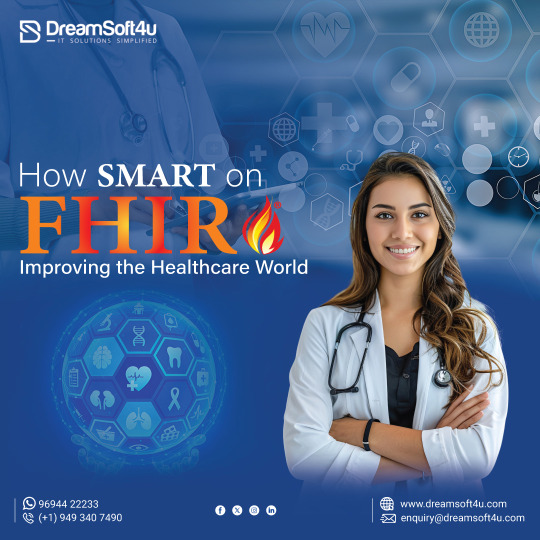
SMART on FHIR is an extension of FHIR in that it creates a structure for applications that can articulate with a range of healthcare systems. SMART aims to innovate healthcare applications that will enable interoperability and usability. Also, the SMART framework consists of guidelines and tools for developing interchangeable and modular applications that work in various contexts of the healthcare domain. This way, applications developed with the help of SMART on FHIR can function in different contexts without significant adjustments.
0 notes
Text
Fhir Interoperability USA
Unlock the potential of FHIR interoperability for seamless healthcare data exchange. Streamline workflows, enhance care coordination, and empower better patient outcomes. Join us now!
Visit us at- Fhir Interoperability
0 notes
Text

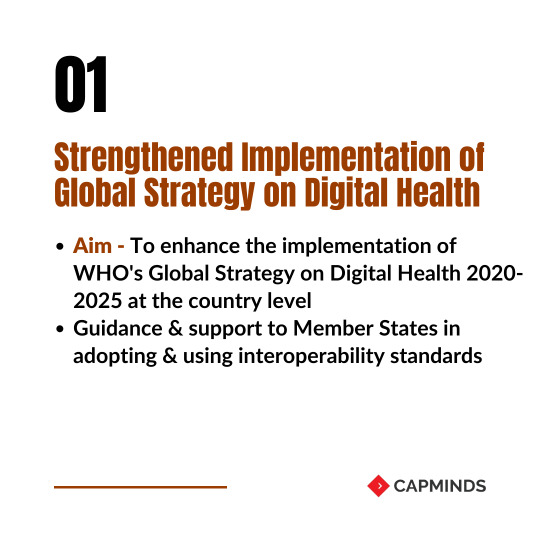

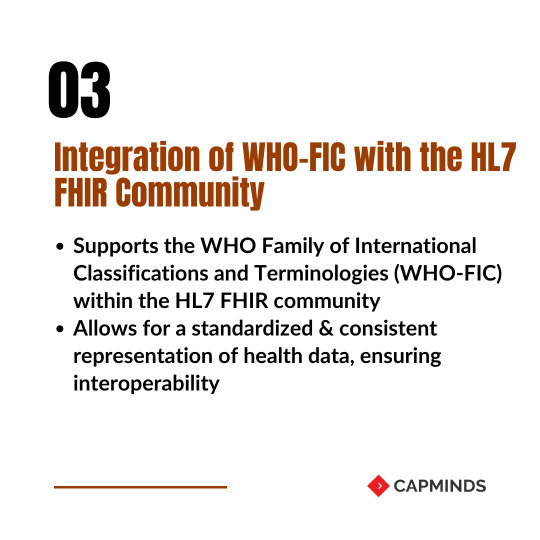
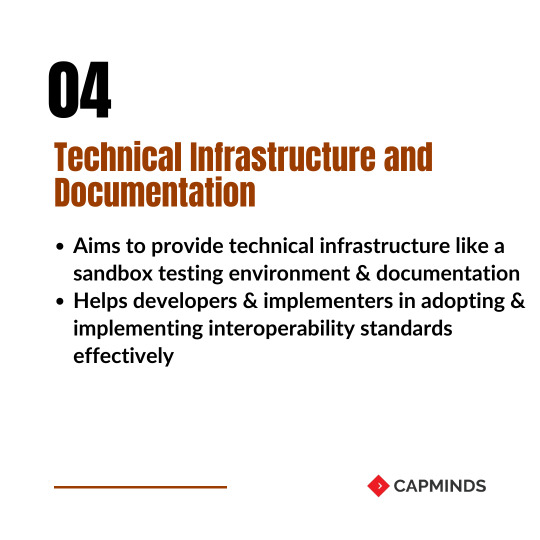
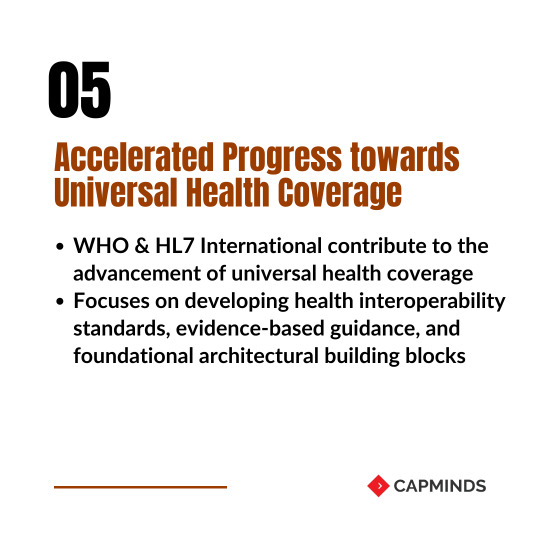
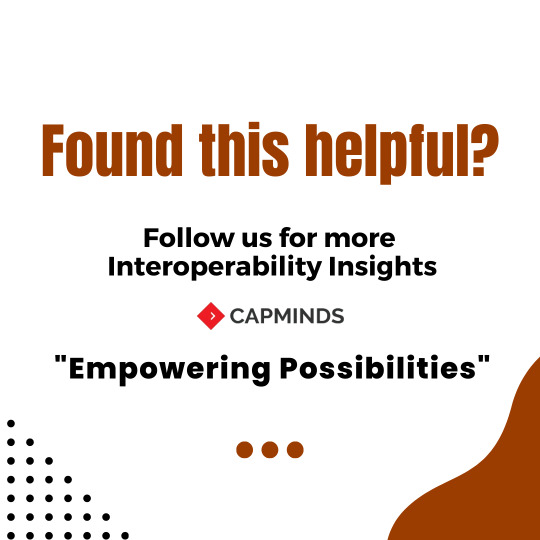
The collaboration between WHO and HL7 International brings together their respective expertise and resources to drive the adoption and appropriate use of interoperability standards globally.
This collaboration has the potential to harmonize digital health systems, improve data exchange and continuity of care, and contribute to the overall goal of achieving universal health coverage.
2 notes
·
View notes
Text
Ashconn Health Consulting: Shaping Tomorrow’s Healthcare Ecosystems:
Ashconn’s Health Consulting practice combines deep clinical insight, technological expertise, and strategic program delivery to help healthcare organizations in the Middle East transform operations and improve patient outcomes. Our services span end-to-end program management, digital health strategy, standards & interoperability, system integration, and health information exchange.
We guide clients from planning to execution, assembling cross-functional teams of clinicians, technologists, and project managers to deliver projects with cultural awareness, regulatory compliance, and stakeholder engagement. Through digital health, we move beyond SMAC (Social, Mobile, Analytics, Cloud), integrating innovations like AI, ML, distributed ledger, and IoT to deliver initiatives such as vital-sign monitoring via phone cameras and predictive analytics.
In interoperability, we help implement HL7, FHIR, DICOM, and national standards, linking EMR/HIS systems like Cerner, Epic, and Mirth Connect into cohesive information ecosystems. With application services—including intelligent validation, disease surveillance, and immunization registries—our platforms ensure clinical safety, compliance, and public health readiness.
Ashconn’s regional experience, global partnerships, and R&D-backed innovation make us the ideal partner to lead digital transformation, operational optimization, and community health excellence.
#ashconn#digital health platform#healthcare technology solutions���#digital health platforms#health and wellness#healthcare technology solutions
0 notes
Text
FHIR Server Fusion: Advanced Healthcare Interoperability Solution for Seamless Data Exchange
Helixbeat’s FHIR Server Fusion enables secure, standardized healthcare data exchange across systems. Enhance interoperability, improve patient care, and streamline clinical workflows with this scalable and efficient healthcare interoperability solution built on FHIR standards.
#healthcare interoperability solution#FHIR compliant interoperability software#healthcare interoperability platforms#hl7 platform
0 notes